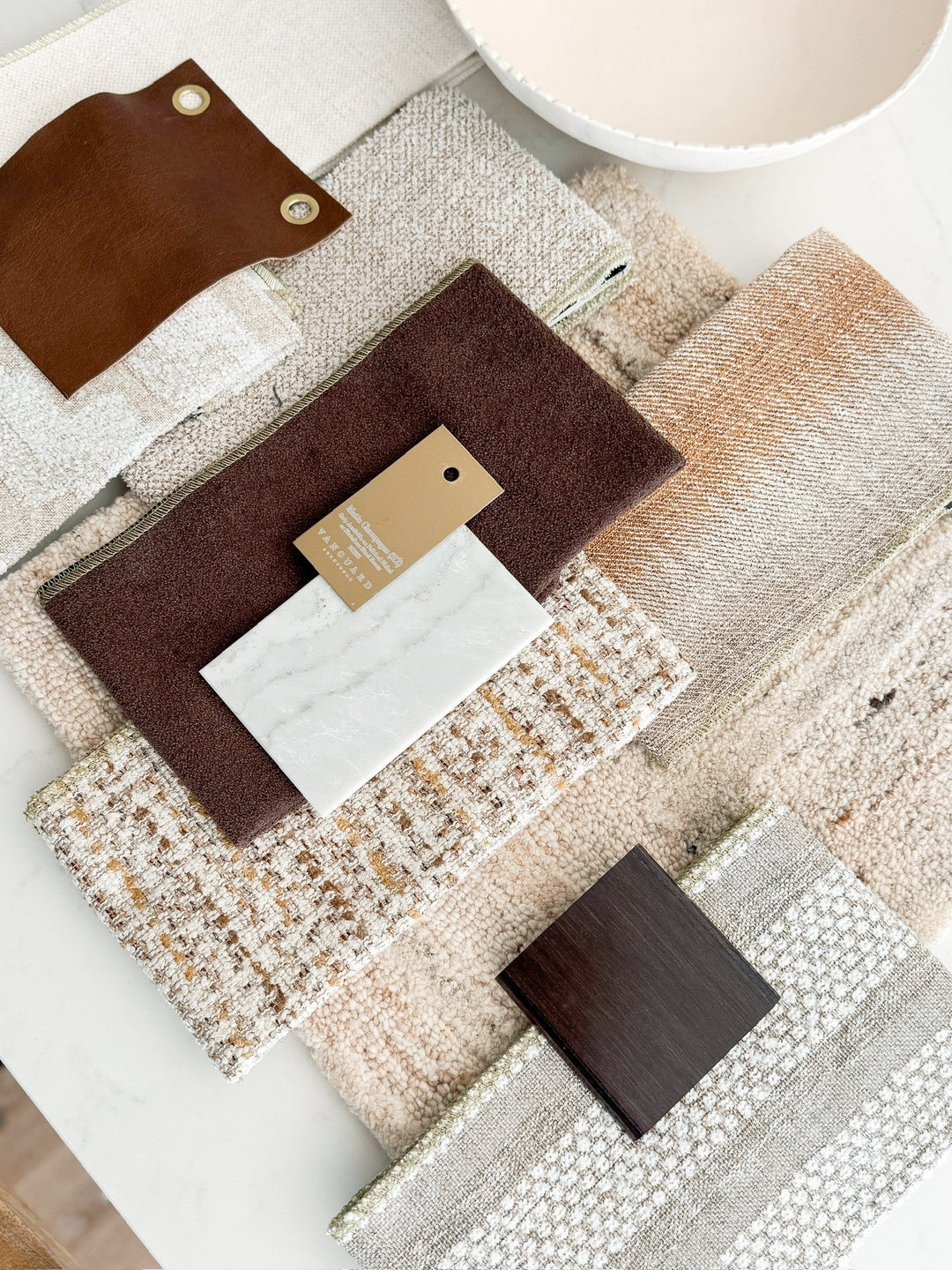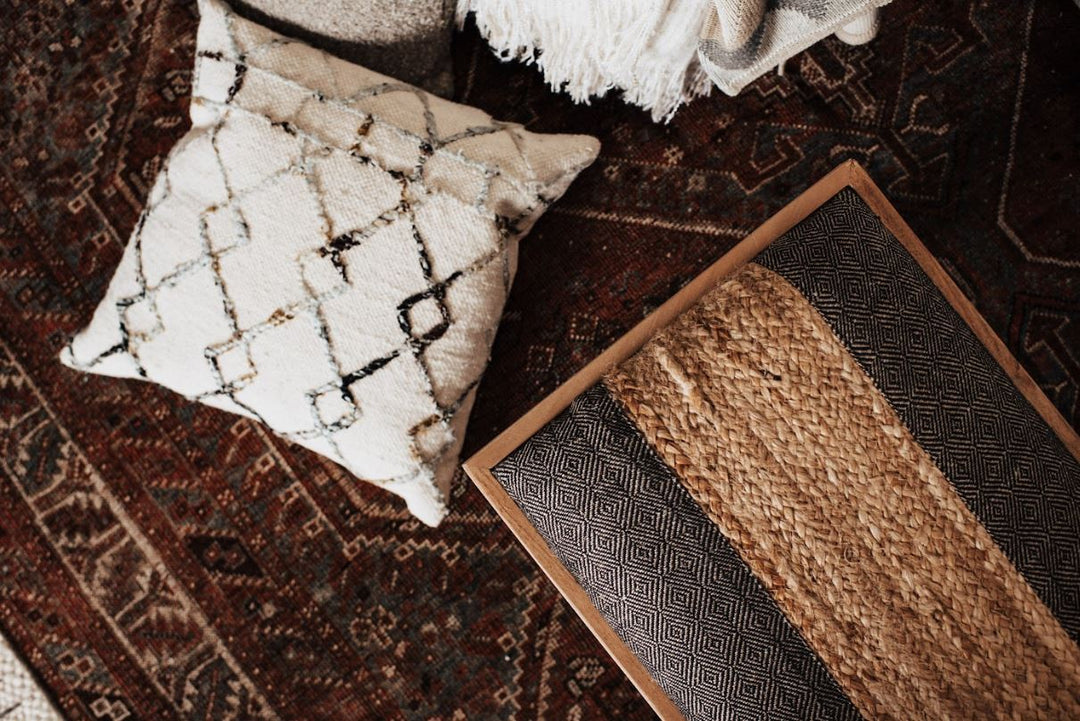How Interior Designers Really Design a Space: A Behind-the-Scenes Look

When people think about interior design, they usually picture the end result—beautiful rooms, curated furniture, and picture-perfect spaces. But have you ever wondered what really goes into designing a room from scratch? What’s the actual process a professional interior designer follows to take a space from empty (or chaotic) to stunning and functional?
Let’s go beyond mood boards and Pinterest inspiration. This blog is a behind-the-scenes look at how interior designers approach each project—and the design principles we rely on to make it all come together.
Design Is About Solving Problems
Every design project begins with a problem to solve. That problem could be as simple as: “I have an empty room that isn’t functional or inviting.” Or it might be more specific: “I love everything about my space, except my outdated sofa.”
As a designer, my job is to find the best solution to that problem while aligning it with the client’s lifestyle, needs, and personal style. That’s the true heart of interior design—creative problem-solving with a beautiful outcome.
Every Interior Designer Has a Unique Process
No two designers are exactly alike. Each of us has a slightly different creative approach, but we all draw from a shared set of fundamental design principles that keep projects grounded in both style and function.
Here are the core ideas I return to in every interior design project:
1. Establishing a Design Style (Even for Eclectic Homes)
Before we choose furniture or decor, we identify the overall interior design style. Whether it’s modern, farmhouse, boho, traditional, or a mix of several, successful spaces need cohesion—even if they’re eclectic.
Great eclectic design isn’t random. It’s intentionally curated with a unifying thread, such as:
-
A shared color palette
-
Consistent textures or materials
-
Repeated shapes (e.g., curves or straight lines)
-
A cohesive tone or aesthetic mood
If a couple has different style preferences, we look for elements that can bridge the gap and bring harmony to the room.

2. Color Theory in Interior Design
Color is one of the most powerful tools in a designer’s toolkit. Understanding color theory helps us create rooms that feel balanced and intentional.
Some color design basics:
-
Complementary colors (opposites on the color wheel) work well together—e.g., blue and rust, purple and gold.
-
Stick with either warm (reds, oranges, yellows) or cool tones (blues, greens, purples) for a cohesive feel.
-
Mix neutral tones thoughtfully. Creams, grays, and beiges can work beautifully together if they share a similar undertone.
Keeping to a clear color story makes it easier to select furnishings and decor that feel like they belong together.

3. Mixing Patterns Like a Pro
Pattern mixing adds depth and personality, but it’s easy to overdo. Here are some go-to designer tips:
-
Pair large-scale prints with smaller, more subtle ones.
-
Balance bold patterns with solid or textured neutrals.
-
Ensure there's enough “visual rest” so patterns enhance the space rather than overwhelm it.
The goal is for the entire room to feel cohesive and inviting—not just for one pattern or item to steal all the attention.
4. Balancing Beauty with Functionality
Even the most beautiful design doesn’t work if it’s not functional. Professional designers prioritize things like:
-
Walkways: Is there enough space to comfortably move through the room?
-
Furniture scale: Do the pieces fit the room—and the people—comfortably?
-
Usability: Is the layout conducive to the client’s lifestyle?
A couple over 6 feet tall will need very different furniture than someone who’s 5'2". Interior design is not just about looks—it’s about creating a space that actually works.

5. Inspiration as a Starting Point
Every room has a spark—something that inspires the rest of the design. That might be:
-
A family heirloom
-
A favorite color
-
A beautiful rug or piece of art
-
A photo of a room the client loves
That spark becomes the design anchor. From there, we layer in elements that connect to that inspiration, creating a space that feels personal, functional, and visually cohesive.
Final Thoughts on the Interior Design Process
Every interior designer brings their own unique perspective to the table. Some start with color, others with layout, others with an emotional feel. But great design always comes down to the same principles: style, function, balance, and cohesion.
Whether you’re tackling a full-room makeover or just choosing a new sofa, understanding these interior design basics can help you make decisions with clarity and confidence.

Ready to Transform Your Space?
If you're feeling inspired but not sure where to start, I'm here to help! Whether you need a complete room refresh or help finding the perfect piece to finish your space, let’s work together to create a home that feels beautifully you.
Contact us today to schedule a consultation, or follow along on Instagram @hamiltonparkinterors for more design tips and behind-the-scenes content!





Leave a comment